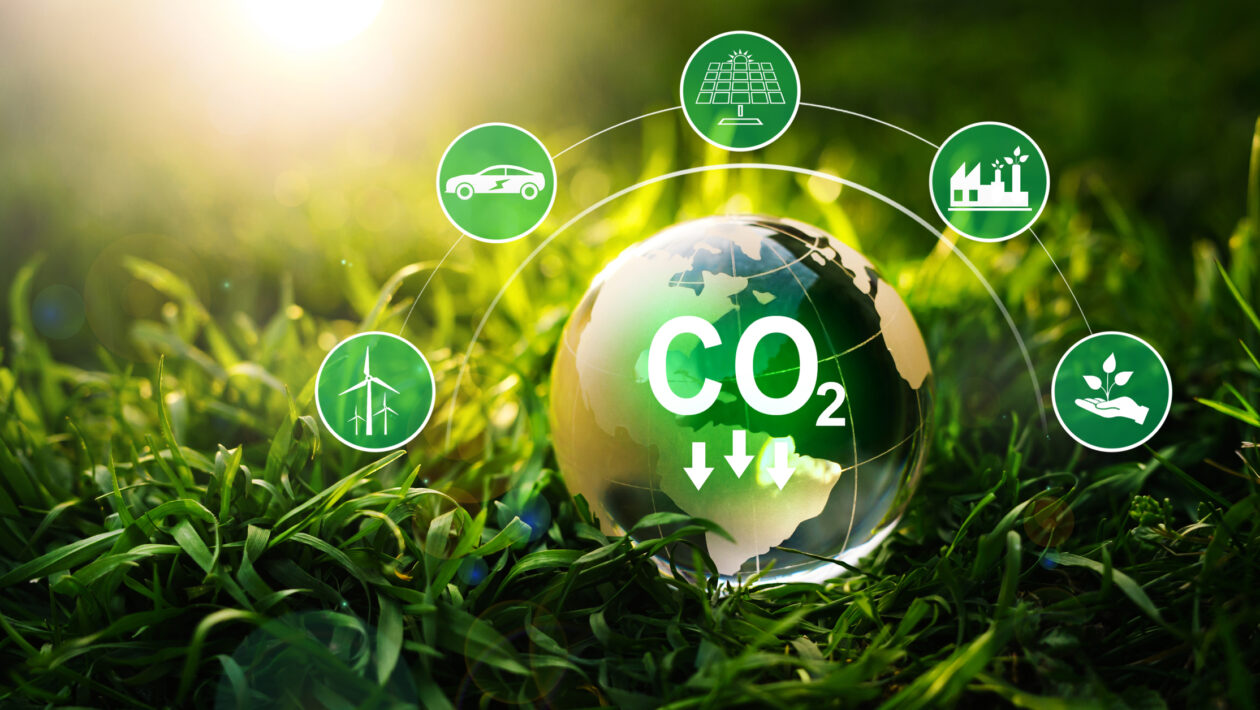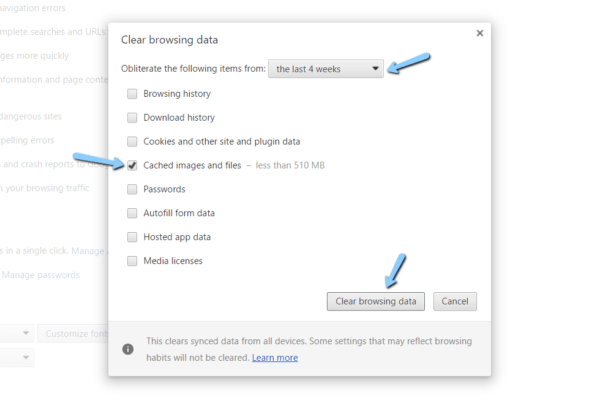The terms “sustainability” and “climate change” are widely used today. Some of these are overused watchwords, while others are insightful summaries of cutting-edge ideas in politics and technology that can benefit the environment. Decarbonization is one of the most potent terms to describe efforts to combat global warming. Still, it is also used to describe another process that has little to do with climate change but everything to do with developing more fuel-efficient automobiles.
Decarbonization: What Does It Mean?
There are two explanations for decarbonization definition. First, it may refer to avoiding energy sources emitting carbon dioxide (CO2) and other greenhouse gases or cleaning internal combustion engines of carbon buildup and carbon deposits. These two procedures both remove carbon, but they go about it in quite different ways.
To prevent carbon emissions from ever entering the environment, energy decarbonization entails changing the entire energy system. As part of that process, carbon capture technologies are used to collect CO2 from the atmosphere after it has been emitted. This entails decarbonizing power grids, supply networks, and deploying carbon sequestration to achieve net-zero emissions and a carbon-neutral economy.
Why is Decarbonization Important?
Decarbonization’s long-term goal is to stop all carbon dioxide emissions and live sustainably. To achieve deep decarbonization, we must change how we produce, consume, and do business. To achieve zero emissions, switching to renewable energy sources and using fewer fossil fuels is crucial.
Process of Decarbonization
Decarbonization, as defined, calls for a decrease in the use of fossil fuels and an increase in low-carbon electricity production. It is essential that we use renewable energy sources for this purpose. The widespread usage of electric vehicles can also help reduce the need for “cleaner” technologies and carbon-based energy. Net zero emission targets can be reached more quickly and by following all legal requirements if the carbon intensity in the power and transportation sectors is reduced.
What Happens During Decarbonization?
More than 150 governments have submitted carbon emission reduction plans, and several nations have started implementing decarbonization projects. For instance, despite the government’s desire to switch to all-electric hybrid buses and taxis, several countries have committed to outlawing diesel over the next two decades.
In addition, renewable energy sources, which are increasingly used, account for one-third of the world’s power capacity. Fossil fuel power stations can reduce their greenhouse gas emissions by using carbon capture and storage (CCS) technology.
Recognize Possible Situations
Setting realistic goals and taking immediate action would be easier if you knew where you now stand in the decarbonization process. By establishing baseline emissions broken down by source, the decarbonization definition process may get started. You can utilize data solutions, such as pertinent software, to collect and analyze data to carry out a well-planned decarbonization process.
As a result, you will find it uncomplicated to use the data and disseminate it to your stakeholders. To ensure that your business is change-ready and its decarbonization definition targets are consistent, it is crucial to keep the stakeholders in the loop.
Set objectives
By encouraging businesses to keep themselves to the most significant standards, making the goals public improves performance. Let’s use Schneider Electric as a specific illustration. They have made their aim known to the public, which has undoubtedly motivated employees to work hard to achieve them while also establishing new industry standards. Additionally, over the years, this strategy has allowed them to become one of the most outstanding sustainable businesses in the world.
Finishing up
If the objective is to be met, changes must be undertaken, especially in the more difficult-to-address sectors. Long asset lifetimes, high energy usage, and sophisticated electrification are traits of these industries. With the support of Schneider Electric, your firm may transition to a more sustainable future in the time to come. Contact them right away!
Hi, I am an Author who believes in making the life of their readers interesting with his writing. Writing was always my first interest. Ever since I was a teenager, I was already into writing poems and stories. Today, I have gained a great experience in my work. Check out my work and share your views.





